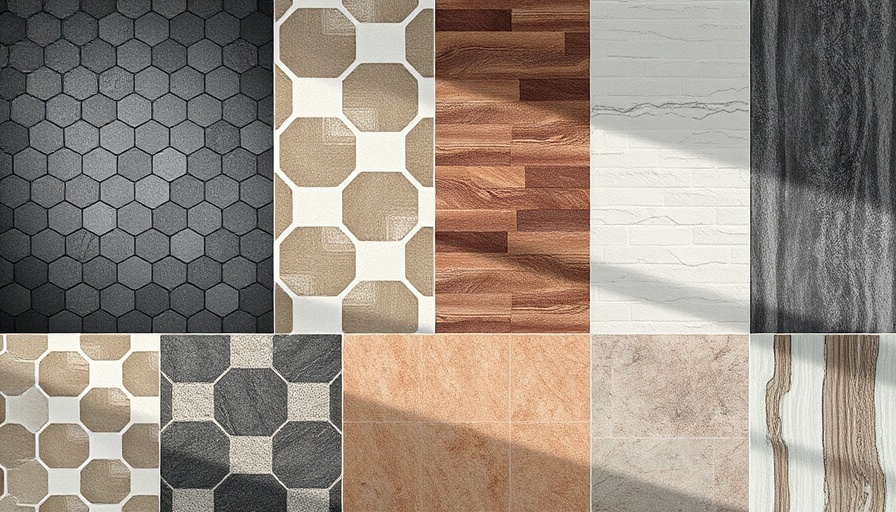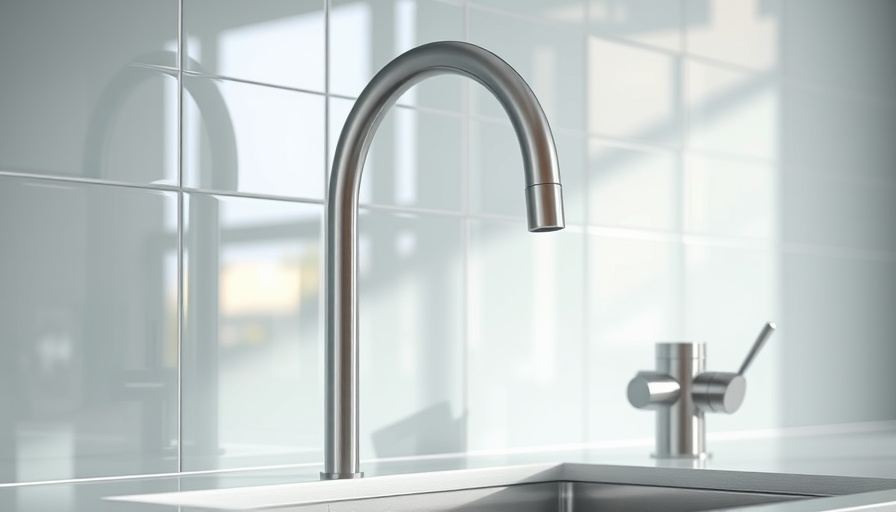
The Climate Transition Assessment: A Guide to Sustainable Choices
The growing awareness of climate change has compelled individuals and communities alike to adopt more sustainable practices. This shift towards a low-carbon lifestyle is not just beneficial for the environment but also enhances our quality of life. The latest initiative in tackling climate change is the Climate Transition Assessment (CTA), which serves as a vital launchpad for anyone looking to reduce their carbon footprint.
Why Low-Carbon Living Matters
As we continuously face severe weather phenomena, dwindling natural resources, and increasing pollution levels, the urgency for sustainable practices has never been more critical. The CTA offers the opportunity for residents and businesses to evaluate their current carbon output, thereby paving the way for intentional and impactful changes in their daily lives.
How the Climate Transition Assessment Works
This innovative online tool guides users through a series of questions designed to assess their carbon emissions across various aspects of their lives, such as home energy consumption, transportation habits, and waste production. Once completed, the tool provides personalized feedback along with practical advice on decreasing one’s carbon footprint.
Real-World Benefits of the Assessment
With the CTA, participants can not only see how their actions contribute to climate change but also discover achievable steps toward sustainability. By making informed decisions, such as using energy-efficient appliances or adopting greener transport options, individuals can positively impact their households and, by extension, their communities.
Success Stories from Local Participants
Communities around the globe are already reaping the benefits of such assessments. For example, several neighborhoods that embraced the CTA have seen members come together to advocate for waste reduction initiatives, creating community gardens or local recycling events. These stories showcase not only the transformative effects of the CTA but also how individuals can inspire collective action towards a greener future.
Common Misconceptions About Going Green
Many shy away from sustainable practices due to misconceptions that they are expensive or inconvenient. However, the CTA dispels these myths by showcasing economical solutions, like DIY eco-renovations and community resource sharing programs. These strategies reveal that sustainable living is not only attainable but can also be fun and rewarding.
The Road Ahead: Future Trends
Looking forward, the Climate Transition Assessment holds the potential to evolve with new technologies and insights into sustainable living. With the rise of smart home technologies and renewable energy sources, participants will continually find fresh, engaging ways to improve their low-carbon lifestyles.
Take the First Step Towards Sustainability
Engagement in the Climate Transition Assessment is not just about taking a survey; it is about making a conscious choice to be part of a greater movement. By tapping into this incredibly valuable resource, you’re not only gaining important insights into your lifestyle but also contributing to a larger conversation about climate change and community resilience.
So why wait? Dive into the CTA today and discover how small changes can make a significant impact on our planet's future!
 Add Row
Add Row  Add
Add 




Write A Comment